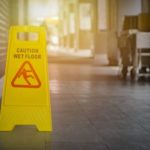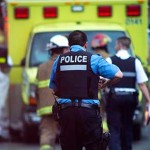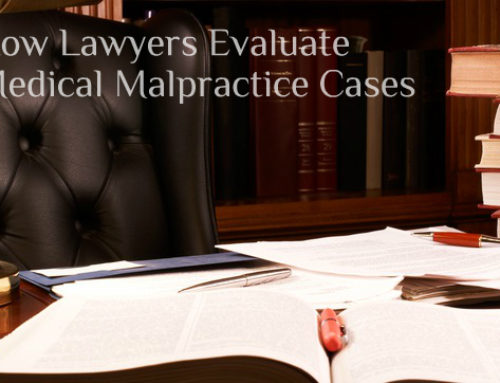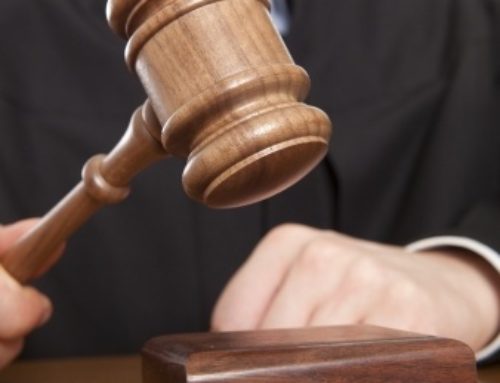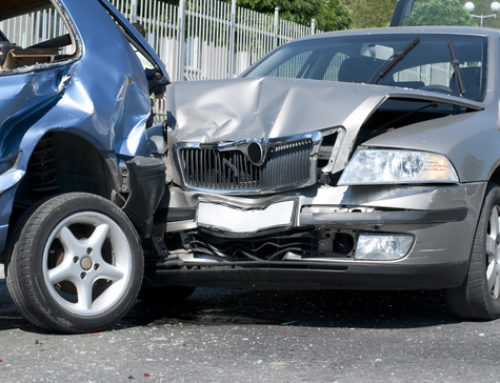Probably about half of all automobile accident trials are what we call “damages only” case. That means the insurance companies agree their driver caused the accident, but we are arguing over the degree of injury and the amount of money that legal injury is worth.
The other half of trials are full-blown lawsuits, where we must prove the four elements of a personal injury case: duty, breach of the standard of care, causation and damages. The majority of these cases depend on the judge or jury to decide how the accident happened, because the parties (and sometimes the witnesses) tell a different version of events.
In deciding how an accident happened, the court may rely on a number of things, including:
- Statements from the parties
- Statements from witnesses (and whether those are “independent” witnesses)
- Maps of the scene
- Photographs of vehicle damage
Because the burden of proof is on the plaintiff (the victim) to show that the accident was the defendant’s fault, the most important thing in this type of “he said, she said” trial is credibility. If the judge believes one party’s version of events, that party will win. If the judge cannot determine who is telling the truth (or who remembers more accurately), the defendant will win. For this reason, any method of impugning the defendant’s credibility can help win a case.
Property damage is often important in doing just this. Judges and jurors will look at property damage to see if it helps them to understand exactly how the accident happened. The exact location of the damage to the vehicles may help them to determine what angle the cars collided at. The degree of damage will help them to determine how forceful the impact was.
The reality is that the defendant has an incentive to lie. Even with a less pessimistic view, everyone wants to believe that they did the right thing, so a driver’s perception of events may be slightly tinted in favor of a version that shows they were not responsible for a collision. It is important when asking drivers at deposition or trial about how fast they were going, and what the speeds were near the time of impact. Negligent drivers often shortchange their rate of speed in an effort to make themselves look better. When they do this, the photographs of the vehicular damage can sometimes be used to show that the vehicles must have been going faster. More damage usually equals more speed. And if the defendant is lying or mistaken about their speed, the judge or jury can believe that they were lying or mistaken about how the accident happened.
Contact Us
If you have questions after an automobile accident in Maryland or West Virginia, contact our personal injury lawyers at 1-800-776-4529, or send us some brief information about your automobile accident to us through our online portal. We’ll put our expertise to work for you right away.
More Maryland Automobile Accident Information
- What to Do After A Maryland Automobile Accident
- Hiring a Maryland Automobile Accident Lawyer (Part I)
- Hiring a Maryland Automobile Accident Lawyer (Part II)
- Medical Treatment After A Maryland Automobile Accident
- Ingerman & Horwitz: Main Auto Accident Webpage






